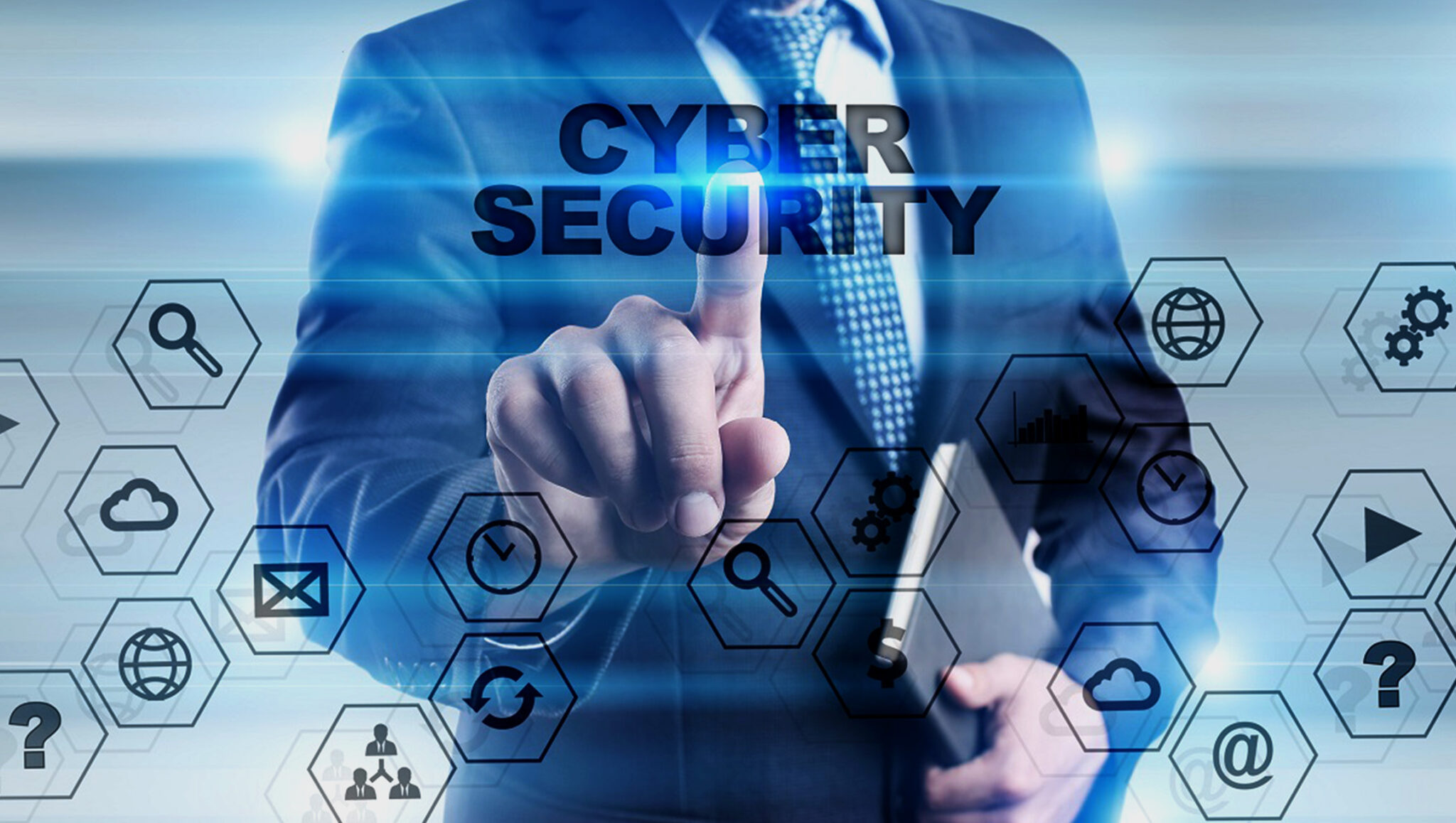10 cybersecurity best practices that every employee should know
Online security is a critical concern in today's digital age. As technology advances, so do the threats that lurk in cyberspace. It is essential for every individual and organization to prioritize cybersecurity. Let's dive into the top 10 best practices that every employee should know to protect themselves and their company.
1. Keep Your Software Up to Date

One of the easiest yet most effective ways to enhance cybersecurity is by regularly updating your software. Software updates often include important security patches that fix vulnerabilities. By staying up to date, you can safeguard your system from potential threats.
2. Use Strong and Unique Passwords

Creating strong and unique passwords is essential to prevent unauthorized access to your accounts and devices. Use a combination of lowercase and uppercase letters, numbers, and special characters. Additionally, ensure you use different passwords for each of your accounts.
3. Implement Two-Factor Authentication
Adding an extra layer of security through two-factor authentication can significantly reduce the risk of unauthorized access. Two-factor authentication usually combines something you know (password) with something you have (verification code sent to your trusted device) to verify your identity.
4. Be Wary of Phishing Attempts
Phishing attempts continue to be a common method used by cybercriminals to deceive individuals and gain access to sensitive information. Be cautious of suspicious emails, messages, or links, and avoid sharing personal or financial details unless you are certain about the source.
5. Regularly Backup Your Data
The importance of data backups cannot be stressed enough. Regularly backup your critical files and data to an external storage device, cloud, or secure server. This ensures that even if you encounter a security breach or system failure, your important information remains safe.
6. Educate Yourself About Cyber Threats
Stay informed about the latest cyber threats, hacking techniques, and security best practices. There are numerous online resources, webinars, and courses available that can help you enhance your knowledge and awareness of cybersecurity.
7. Secure Your Wi-Fi Network
Make sure your Wi-Fi network is secure by using strong encryption, such as WPA2, and regularly updating your router's firmware. Avoid using default usernames and passwords for your router and change them to unique ones.
8. Be Cautious of Public Wi-Fi Networks
Public Wi-Fi networks are convenient but often unsecure. Avoid conducting sensitive transactions or accessing personal accounts when connected to public Wi-Fi. If required, use a virtual private network (VPN) to encrypt your internet connection.
9. Limit Access to Information
Grant access to sensitive information and systems only to those who require it to perform their duties. Regularly review and update user access rights to ensure that employees have the appropriate level of access for their roles.
10. Stay Vigilant and Report Suspicious Activity
Remain vigilant and report any suspicious activity or potential security breaches to the appropriate channels within your organization. Prompt action can help prevent or mitigate the damage caused by cyberattacks.
By following these 10 cybersecurity best practices, you can contribute to a safer digital environment for yourself and your organization. Protecting sensitive information and maintaining a strong online presence is everyone's responsibility. Stay updated, educated, and proactive in the face of evolving cyber threats.